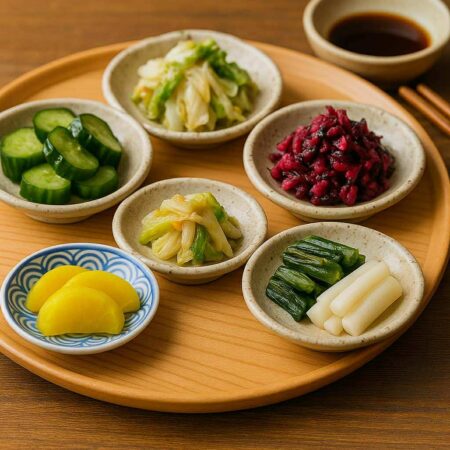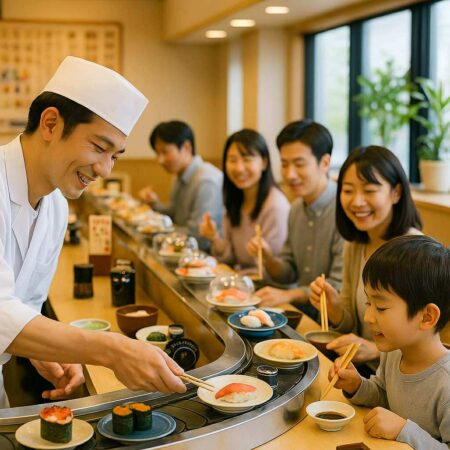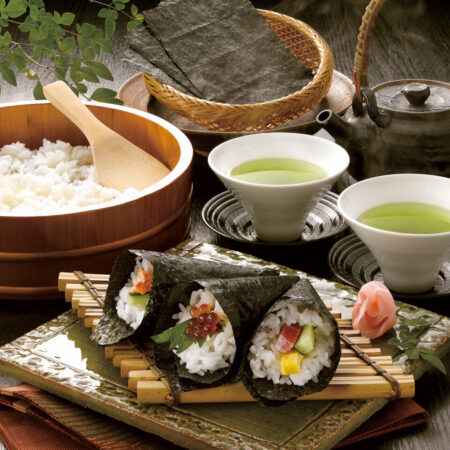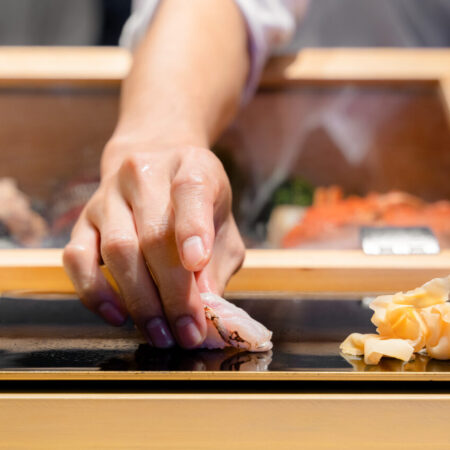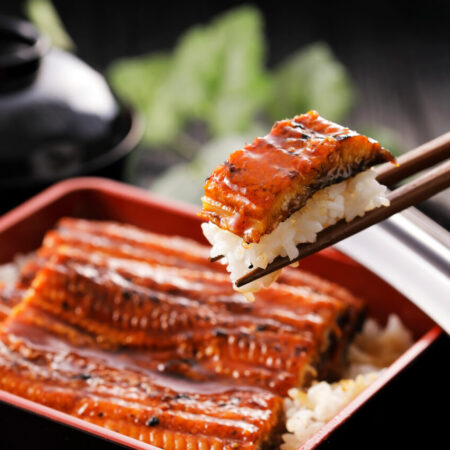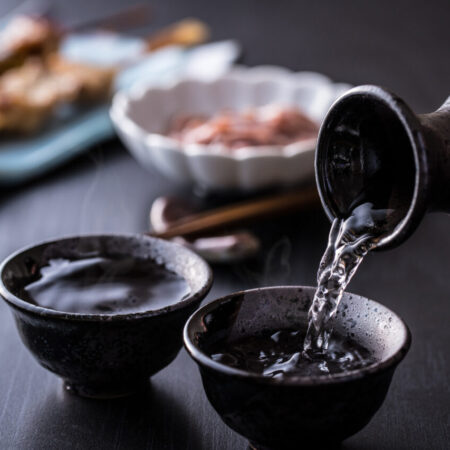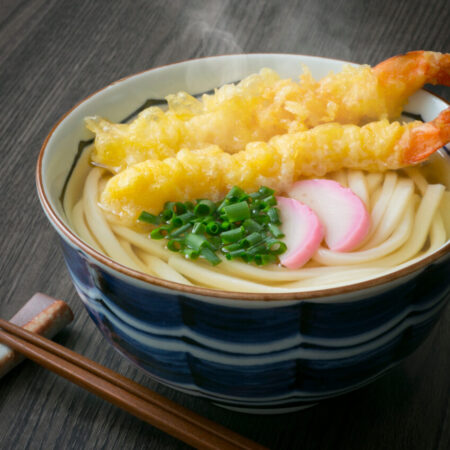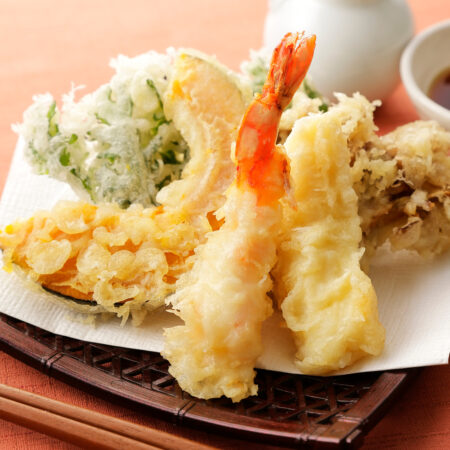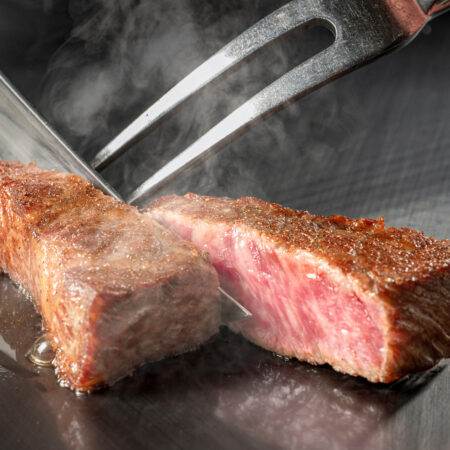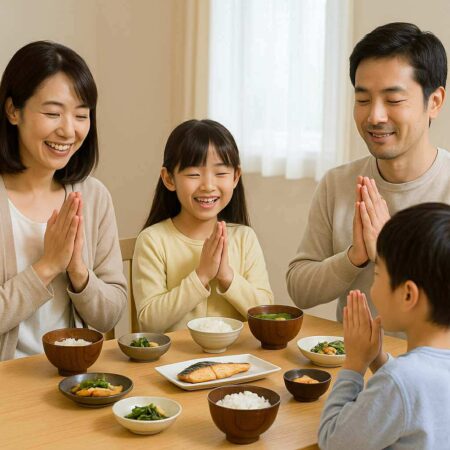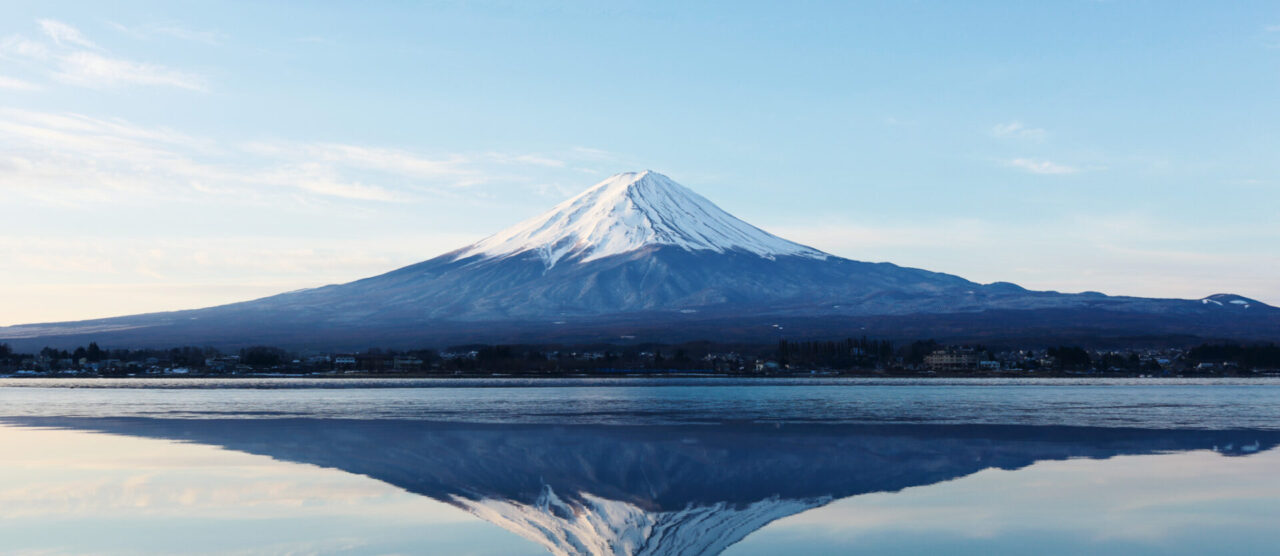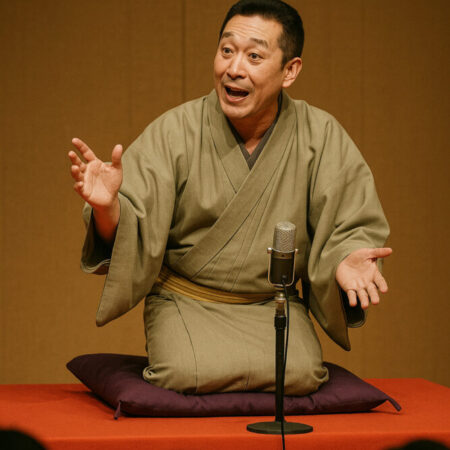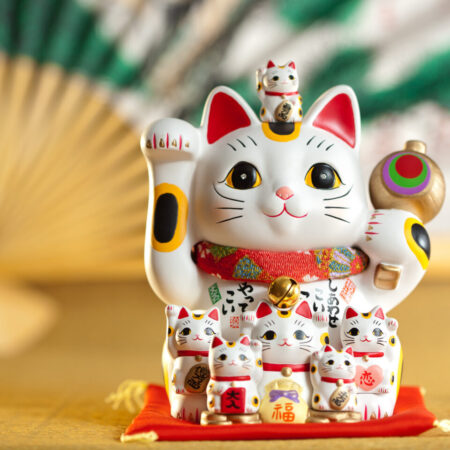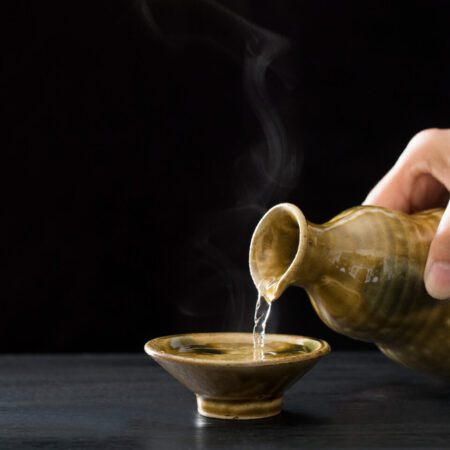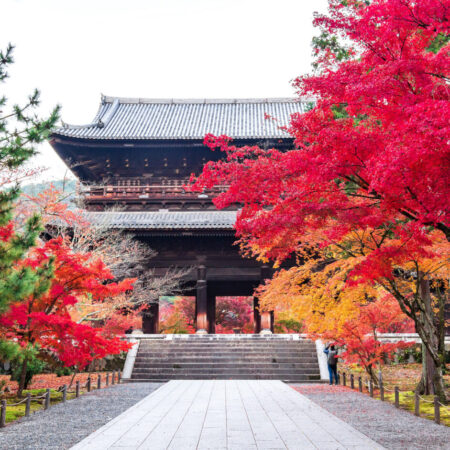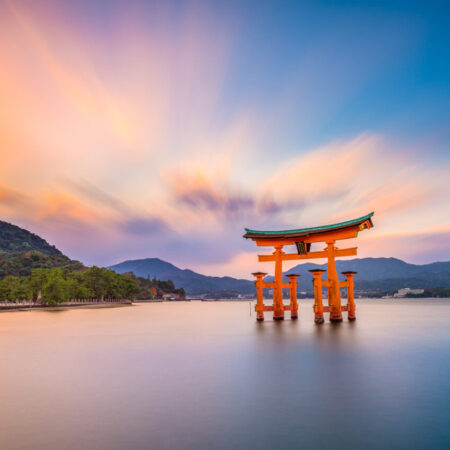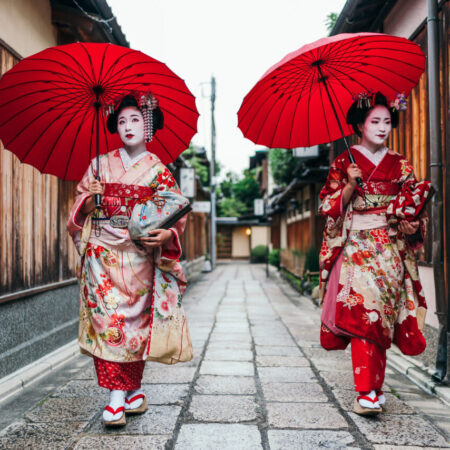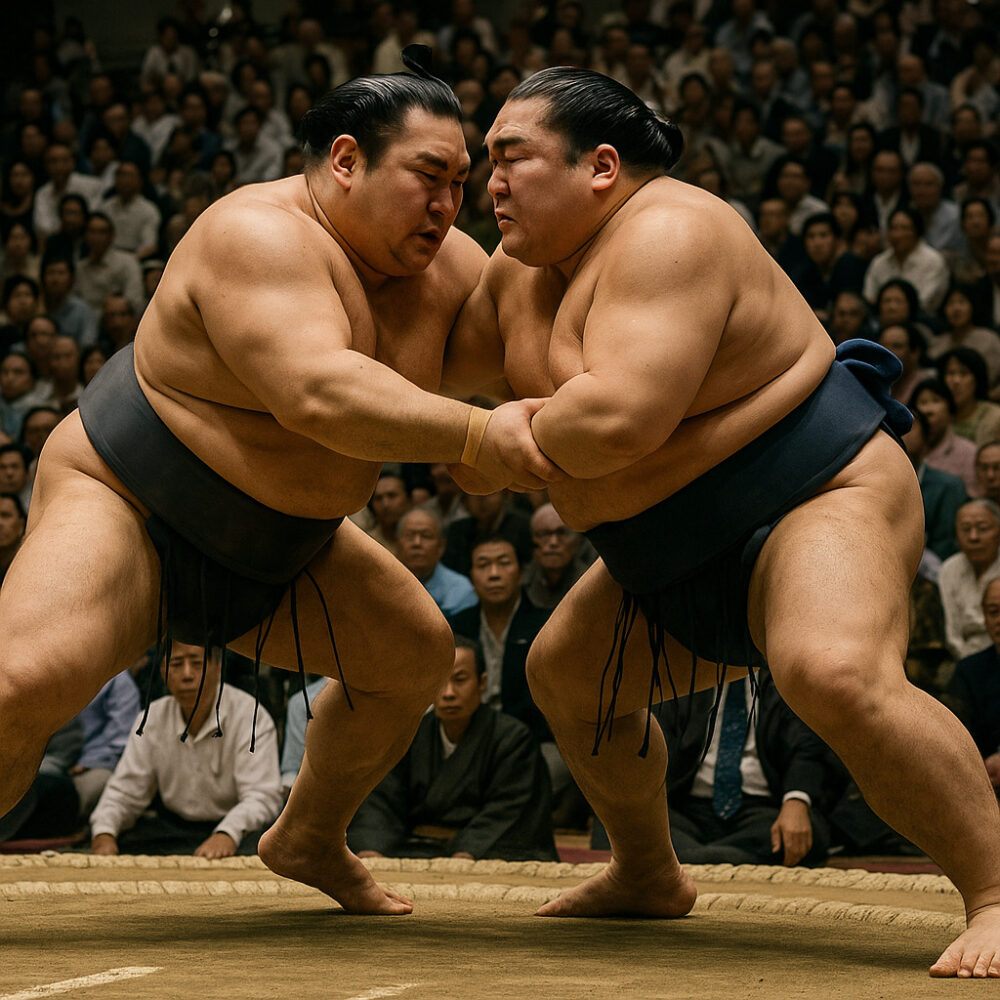1
It’s not just “Bon appétit.”
Most people translate Itadakimasu as “Let’s eat.”
But for the Japanese, this phrase isn’t about permission or appetite — it’s a silent act of acknowledgment.
Itadakimasu belongs to a family of expressions rooted in everyday spirituality — much like Otsukaresama (acknowledging one’s effort) or Okagesama (recognizing unseen help).
These words are less about communication and more about relation — about recognizing the invisible web that sustains us.
To say Itadakimasu is to remember that your hunger depends on others’ work — and others’ death.
3
Every meal contains invisible death.
Buddhist texts such as the Shōbōgenzō Zuimonki remind monks to “eat with awareness of the life you take.”
In Japan, this awareness survived not in temples alone, but in kitchens and homes.
Fish, rice, and vegetables — all are once-living beings.
Saying Itadakimasu acknowledges this silent tragedy without guilt.
Unlike in the West, where religion often divides life and death, Japanese thought accepts their continuity:
death feeds life, and life eventually feeds death.
In Japan, death is not the end of life — it is the condition for life.




